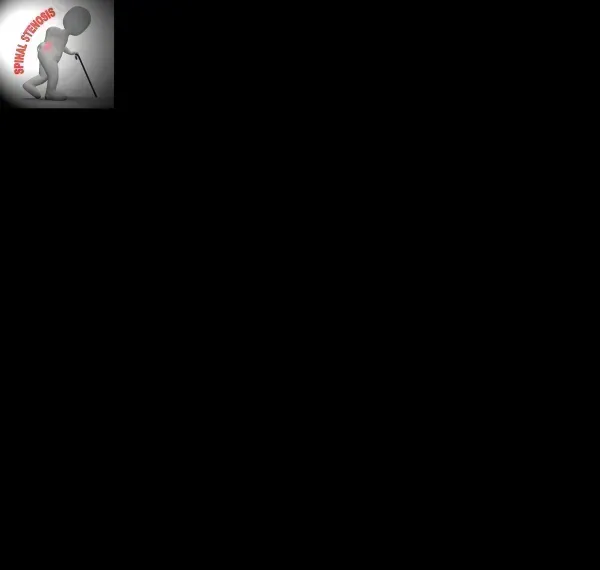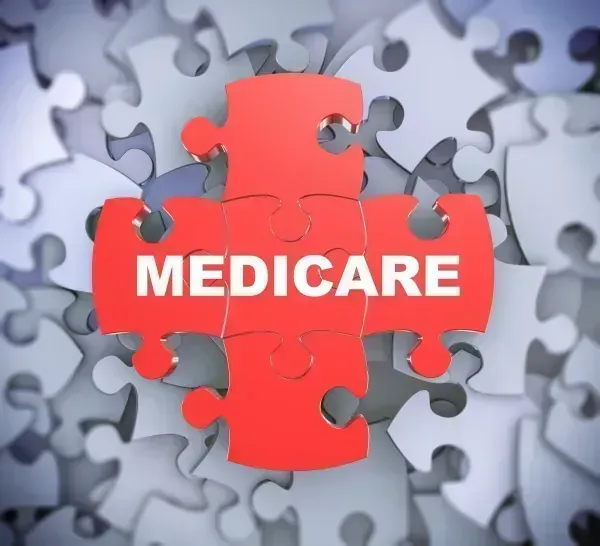Use New Codes for Exploitation, Abuse

There’s a code set for cyberbullying in the new ICD-10. The ICD-10 2019 code book will include 320 diagnosis code additions, 172 revised codes, and three deleted codes. A few codes that PM providers might want to note involve the T74 (Adult and child abuse, neglect and other maltreatment, confirmed) and T76 (… suspected) code sets. The skinny: Beginning October 1, 2018, the additions and revisions to these codes — and the addition of their corresponding encounter codes — will affect coding for patients who need treatment because, in part, they were neglected or abused. Read on to find out which of these new external cause codes could affect your reporting, and let our experts provide their insights into the changes. External Causes to Include Bullying, Cyberbullying The changes to the T74 and T76 codes begin with the addition of several conditions — bullying and intimidation and intimidation through social media — under the T74.3 (Psychological abuse, confirmed) and T76.3 (Psychological abuse, suspected) categories. Kent Moore, senior strategist for physician payment at the AAFP, believes the addition of such conditions is a sign of the times we live in. “I suspect those additions are being driven by the increased focus on bullying — both traditional and cyber-bullying — that is occurring in schools and other areas of society,” Moore observes, adding that “the new language makes clear that these codes include those types of abuse, too.” These terms “can now be more clearly classified as such for patients who have experienced them,” Moore notes. Jan Blanchard, CPC, CPMA, consultant at Vermont-based PCC, agrees with Moore that the additions finally acknowledge a significant problem in modern society. “It is huge to finally have a code for bullying and social media intimidation,” Blanchard observes, adding that “the codes will now be able to put data to what’s known to be a problem.” Use These Codes for Sexual, Forced Labor Exploitation The revisions also include the addition of four new codes to the Forced sexual and Forced labor exploitation confirmed and suspected code sets: This means “providers now have an explicit way to report when someone is the confirmed or suspected victim of sexual or forced labor exploitation or that they are victims of sex traffickers, for example” Moore tells coders. And, though it seems obvious, because of the seriousness of the problems they describe, Blanchard reminds coders to make sure they use the codes whenever they are appropriate. ICD-10 2019 Includes Related Examination, Observation Codes Unsurprisingly, the new T74/T76 codes have resulted in new encounter codes that you will need to use should the encounter result in your provider performing a related procedure such as counseling or some other form of care. Blanchard singles out the following three that will also come into effect on Oct. 1: These corresponding Z codes “simply capture the reporting of reasons for encounter beyond the codes for consequences of the abuse, even when that is not the focus of the current encounter,” Moore explains. They also add “more granularity when reporting adult and child abuse, neglect, and other maltreatment, either as a consequence to the patient or reason for the encounter,” Moore believes.




